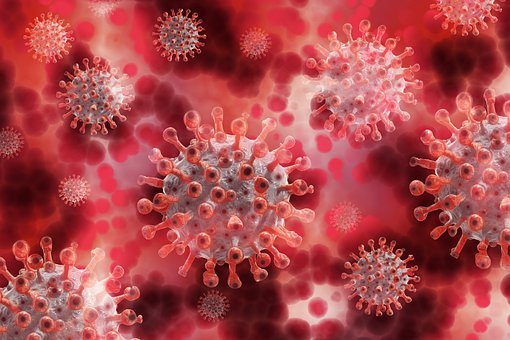Words By Ayah El-Dakal
Many people have been concerned with news surrounding the new strain of the infamous coronavirus also named B1.1.7. Questions are rising about ‘carried immunity’ from the old strain and even the effectiveness of the vaccines.
A lot of our knowledge regarding the viral family is continuously growing with various areas of R&D leading to the development of the vaccines which include the Pfizer, Moderna and Oxford University vaccines approved for use throughout the UK.
Much of our ongoing knowledge surrounding the coronavirus and vaccine development came from our premediated information around influenza. Therefore in order to understand how the virus mutated, it is important to understand some of the fundamental concepts behind mutations in the genetic code using Haemophilus influenzae as a model.
How do viruses mutate?
Despite scientists stating that SARS-CoV-2 doesn’t possess the proofreading function which exists in most RNA viruses (such as influenza), the new variant appeared as a result of mutations which contradicted these claims.
In general, some mutations are advantageous for cells, while others are neutral or even often uncomplimentary to their survival.
For any living organism, a mutation ultimately means changes in the genetic code. As a virus’ main aim is to survive through the host they effectuate this though adapting to changes in their environments.
One form of genetic variation is antigenic drift which can be explained by genetic alterations in the surface proteins or antigens of a virus. These occur over time through errors which take place under random conditions. The reason the antigenic drift is called a drift is simply that the mutated virus looks different from the original as a result of its ‘drifting’ antigens.
To contrast, when two related strains combine genome segments to form a new strain this is known as ‘antigenic shift’ and this occurs less frequently than antigenic drifts. This form of mutation is important to note due to its ability to produce abrupt changes in Influenza viruses. The eight separate pieces of RNA known as genome segments mate in a process known as reassortment resulting in a new virus subtype with antigens presented as a mixture of the original strains. This form of mutation commonly causes pandemics.
While coronaviruses do not have segmented genomes, when two coronaviruses infect a cell they can recombine to form a new single RNA genome. Scientists believe that coronaviruses have recombined in nature resulting in the ‘novel coronavirus.” This similarity with antigenic shifts has also led to pandemic spread in influenza viruses.
Having said this, the virus still appears to be mutating rather slowly and in fact, studies have shown that it mutates approximately four times slower than the influenza virus.
So what does this mean for our new strain?
Our immune system detects viruses through foreign antigens attached to their surface. For instance, the ability to evade our biological CCTV system is a beneficial mutation for the virus. What we have seen from vaccination programmes in influenza is that immunity no longer occurs in the old strains due to influenza virus drifts. In this case, individuals remain vulnerable to the newer mutated flu viruses; which is why the flu vaccine is reviewed every year.
Following the same logic, to the new strain of coronavirus, could this mean that the new vaccine is futile against the new strain?
According to scientists at the University of Cambridge, the Pfizer BioNTech vaccine BNT162b2 is likely to be effective against the B1.1.7 variant of SARS-CoV-2, though its efficacy is modestly affected. According to an article published by the American Association for the Advancement of Science that interviewed Philip Dormitzer Pfizer are “routinely making the DNA templates for variants”. The relatively slow mutation rate for the coronavirus family provides hope surrounding long-term protection from potential vaccine candidates.
For the future…
With the coronavirus spreading around the globe, it is acquiring new genetic changes. Though it is important to understand that viruses are constantly undergoing a chain of uncontrolled mutations this does not mean that the mutations will serve as making it more infectious or even more deadly.
For as long as scientists continue to research the status of the new strain then as a society all we can do is keep it under control by continuing to follow coronavirus guidelines.
So far while we have seen the novel coronaviruses mutate they have not participated in an antigenic drift. Through similarities between behaviours in the coronaviruses and influenza viruses, it is appropriate to assume that there may need to be further preparations for future advancements in altering the COVID-19 vaccines.

